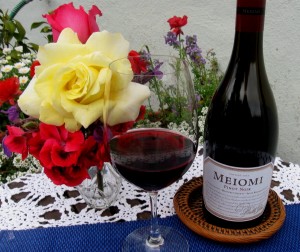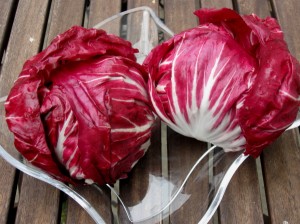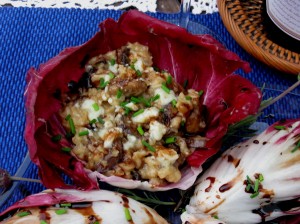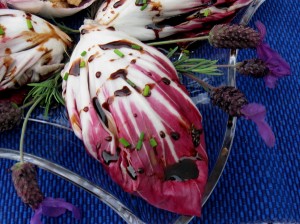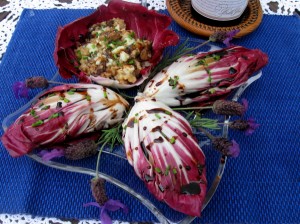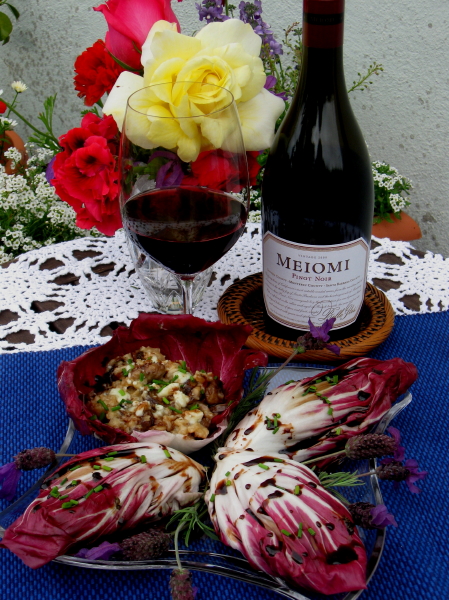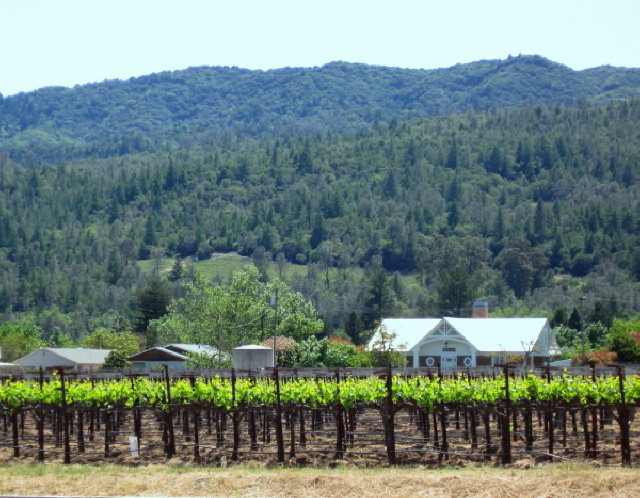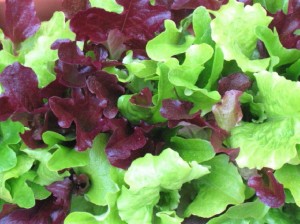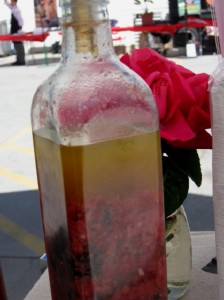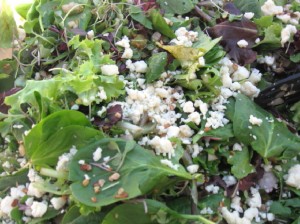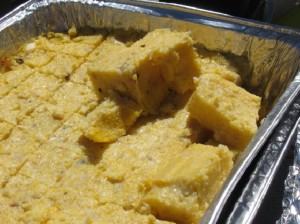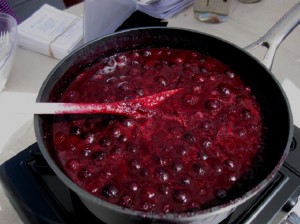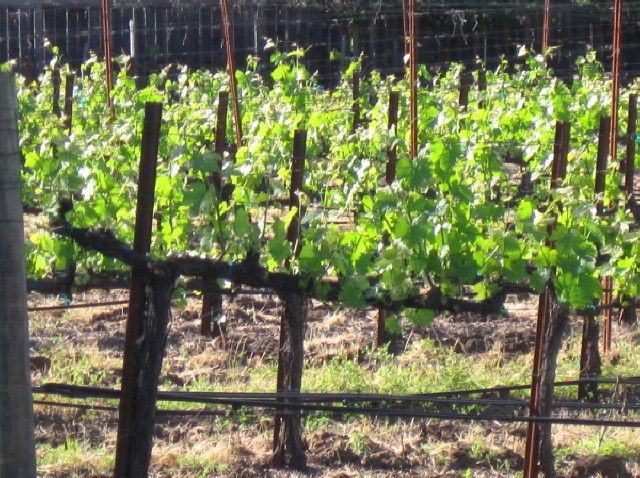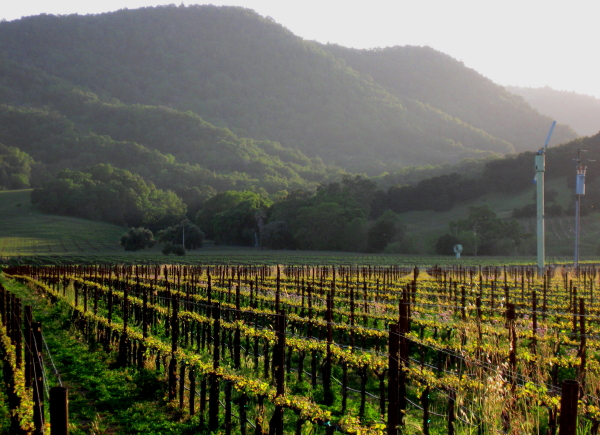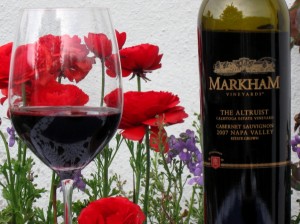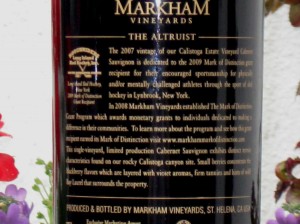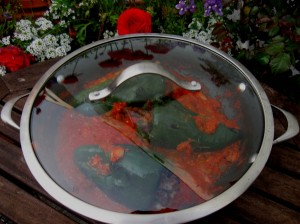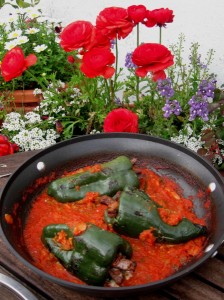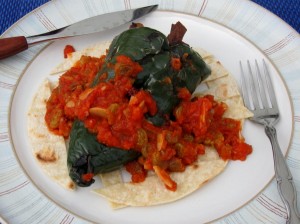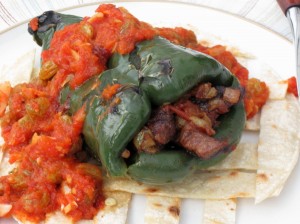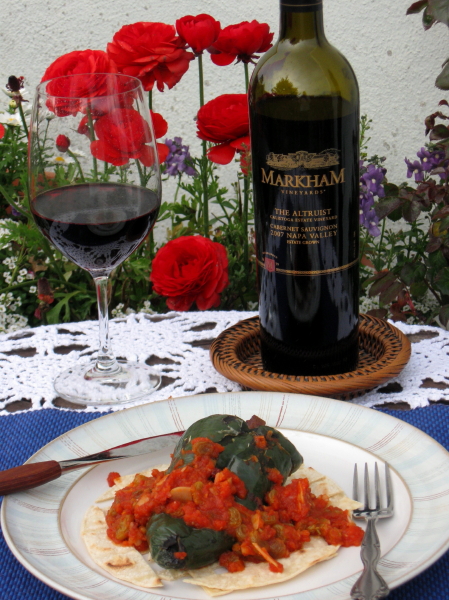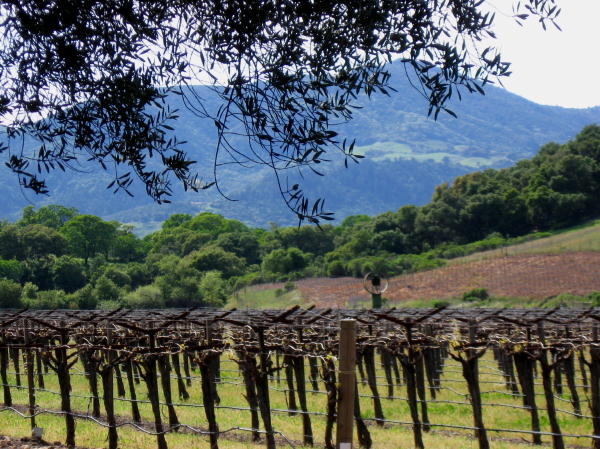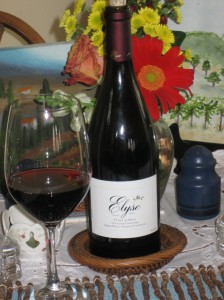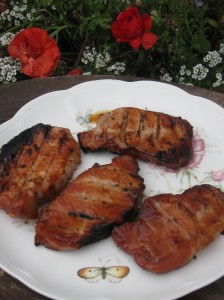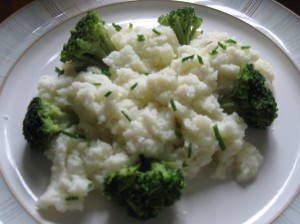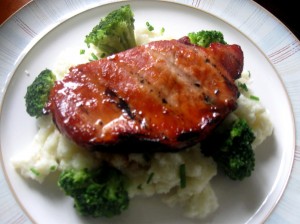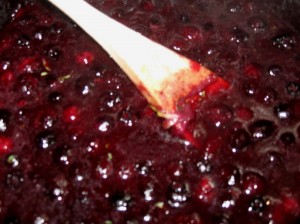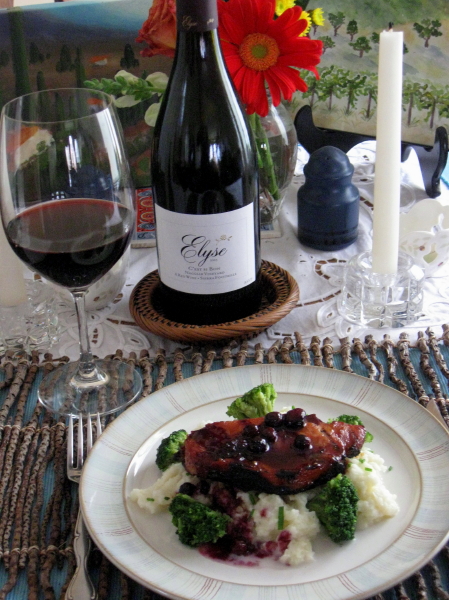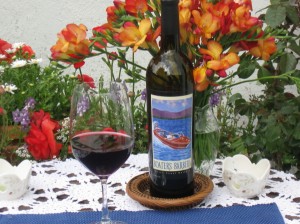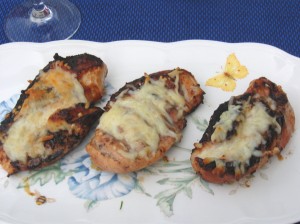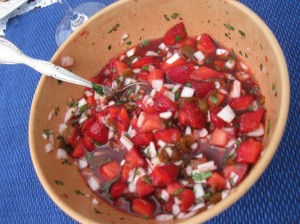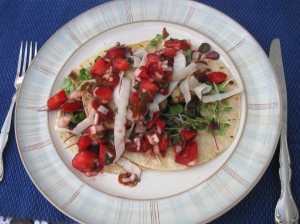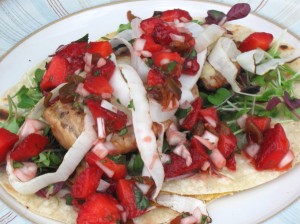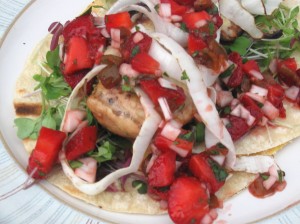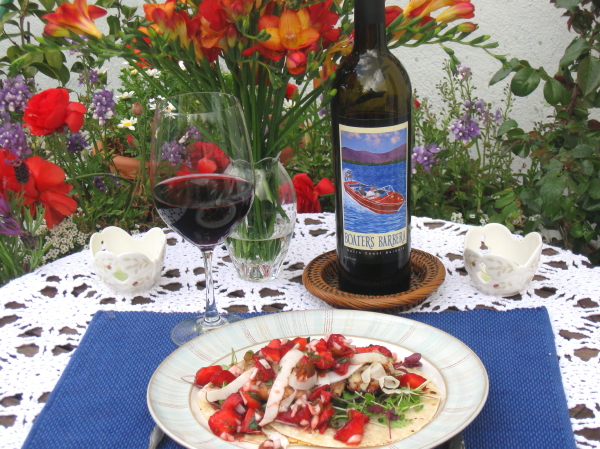May 10 2011
Coastal California Pinot Noir
The month of May brings optimism and hope to wine country each year as the weather starts to warm, farmer’s markets commence a new season and the grape vines fill with leaves. Yet as the sun’s rays begin to warm, Mother Nature can be terribly fickle and send clouds and cold winds from the coast and causes vintner and wine connoisseur alike to experience doubt. Whether May is characterized by sun, wind, fog or remnants of rain, combine these elements and one varietal will succeed due to its own compatibly temperamental nature: Pinot Noir.
Joe Wagner, proprietor and winemaker of Belle Glos’ Meiomi Pinot Noir, is passionate about this varietal. So passionate about Pinot is Joe, that he has made bottling the varietal an art with his concept regarding his 2008 Meiomi Pinot Noir (“Meiomi”). Selecting multiple vineyards in three regions of the California Coast, Joe creates a Pinot Noir blend of a single varietal. Selecting 65% of the fruit from the Sonoma Coast (which is known for its cooler temperatures), he ensures that bright ripe berry flavors will dominate the flavor profile of his wine. Looking to Monterrey County’s coastal vineyards, Joe next adds 20% of the fruit to give this bright wide-eyed wine with some experienced backbone and an air of mystique with flavors of earth and smoke. Finally, lingering yet farther south, 15% of the Pinot Noir fruit is collected from Santa Barbara County which reliably receives enough sunshine that the grapes will traditionally exhibit spice in wine. All of these vineyards are designated Region I vineyards and by UC Davis’ standards, each vineyard is an ideal location to grow the Pinot Noir varietal. Given their unique terroir and climate subtleties, these vineyards equally create unique Pinot Noir grapes.
While certain white wines can represent California in a bottle because of their bright flavors and golden sunshine hues, the Meiomi Pinot Noir captures a different aspect of California’s culture as it represents several hundred miles of its rugged coast. The name “Meiomi” also pays tribute as it means “coast” and is the native coastal dwelling of the Wappo and Yuki tribes.
Despite being a great conversation piece, the wine is best when consumed. Open a bottle of the Meiomi Pinot Noir and let a bouquet of fresh fragrant raspberries and strawberries tumble down to your glass. As your nose inches forward, decided notes of smoke waft upward and invoke thoughts of warm wood fires and homey hearths on coastal cool, foggy May evenings. Just as the smoke of a fireplace beckons you, the Meiomi Pinot Noir similarly extends its hospitality and invites you to take a sip and stay awhile.
Raspberries, smoke and final scent of vanilla and toffee tempt your nose with aromatic heaven, perhaps serving so captivating that you are inclined to linger longer with this coy Pinot Noir’s bouquet.
On the palate, red currant, white pepper and a lingering finish of bacon fat smoothly roll across the palate, not overstaying its welcome but demonstrating an easy confidence. Despite the initial light mouth feel, the palate quickly recognizes a solid structure that could please any palate in your dining crowd. Easy drinking with an element of sophistication, this Pinot Noir keeps the palate’s interest and culinary pairings abound. This week’s menu hosts:
- Kristin’s Rad Risotto-Stuffed Radicchio
Despite entertaining alliteration, this dish could suffice as an appetizer or a delicious meal capable of holding its own with the 2008 Meiomi Pinot Noir.
First, as summer has not truly arrived in Northern California, lettuce and greens are thriving in backyard gardens and making Radicchio obtainable in supermarkets. Outer leaves can be soaked in an ice water bath to reduce the inherent bitter flavor of Radicchio.
Next, a risotto mixed with herbs, sweet onion and a medley of mushrooms is prepared and in the final moments, crumbled risotto is worked into the rice. Simmering into a delicious glazing sauce on the stove top is balsamic vinegar and red wine. Once the risotto and the glazing sauce is complete, the Radicchio leaves are filled with the risotto.
If serving the Radicchio open-face, the balsamic red wine sauce is drizzle over. Otherwise the Radicchio wraps the risotto and dressed with the sauce before being garnished with seasonal chopped chives freshly abducted from the backyard garden.
To serve, the Risotto-Stuffed Radicchio is placed in a wave crystal dish and garnished with seasonal aromatic fresh lavender (which is also grown in the backyard). Pinot Noir is well-recognized for its delicate layers of aromas and flavors which gently unfold and garnishing a plate with lavender will prep the palate to experience all that a wine has to offer. Looking at the serving dish, my mother was so moved that she poignantly noted, “who needs a box of paints, that in itself is art.” As I carefully carried the dish to the table, I found myself thinking the each same sentiment.
The gorgonzola mushroom risotto filling is heavy in its flavors (despite being comforting) when served alone. Yet when the softened radicchio is part of the bite, the dish’s flavor profile is suddenly livelier and brighter. The drizzle of balsamic red wine reduction glaze sweetens the ensemble and wins over any heart.
When paired with the wine, the mushrooms readily chase after the smoky notes and bacon fat flavors in the wine. The creaminess of the cheese and sweetness of the caramelized onions coupled with the bright nature of the radicchio bring forward the bright berry fruit in the Pinot Noir. Factor in the sweet balsamic red wine glaze and the palate captures a quick savor of chocolate toffee as the wine finishes.
The 2008 Meiomi Pinot Noir proves that it is destined for this dish as both come recognizably alive when paired together. Both the wine and the recipe prove seasonally appropriate as clouds, fog and cooler temperatures grace the coast. In cooler temperatures, crops of lettuces, radicchio, onions and mushrooms thrive. As Pinot Noir excels in these conditions it is magical to taste how these ingredients show off a natural destiny with such a historically finicky varietal.
While these three regions represent the cooler harsher aspects of the scenic majestic California coast, they produce Pinot Noir grapes that when taken together create a delicate artful tribute to the various coastal climates of California.
Comments Off on Coastal California Pinot Noir

